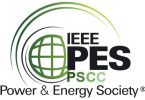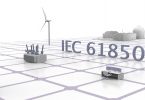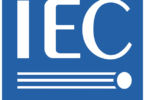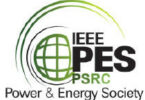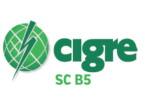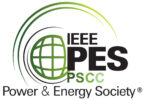by Christoph Brunner, it4power, Switzerland
Is there any or can we use the terms interchangeable? The answer is – as often – it depends.
If you look at the documents from the early days of IEC 61850, there are a lot of mentioning of functions. As an example, the glossary, Edition 1 provided a definition of a function as “task performed by the power utility automation system. i.e., by application functions.” Ed 2 of the glossary introduced a definition of “application function” as “task, which is performed in or by power utility automation system.”
So, application function and function can be considered the same. The note also explains that functions can exchange data between themselves. But there is also the definition for distributed functions as: “when two, or more, logical nodes, that are located in different IEDs, together represent a common application function.”
IEC 61850-6 introduced the concept of functions and a function hierarchy with subfunctions. This allows to group subfunctions or functional elements in a multi-level hierarchy. As an example, protection functions can be grouped with subfunctions like distance protection or overcurrent protection. The subfunction distance protection can be further structured into phase and ground and then in the different zone elements. In a similar way, control function may group subfunctions like breaker interface, breaker control etc.
A “distributed function” as defined in the glossary does not fit the concept of functional hierarchy. As an example, we could consider a distributed function to consist of measurement subfunctions, protection elements and breaker interface interacting with each other to perform the purpose to protect e.g. the feeder. All those subfunctions would be part of different functions.
That is, where the concept of an application scheme has been introduced with the draft IEC 61850-6-100 (which is now becoming IEC 61850-90-30). Using the term application scheme or application (IEC 61850-6-100 uses the terms “application scheme” and “application” as synonyms) instead of distributed function makes it clear that this is a concept beyond the hierarchical structure of functions and subfunctions. An application scheme groups together several subfunctions that contribute to a specific purpose.
A good example to understand the difference between an application scheme and a function is the breaker failure scheme. In an application scheme, based on the definition of a distributed function, functions interact by exchanging data and each function has a role.
For a breaker failure scheme those functions include the protection tripping (the role is “initiate breaker failure detection”), the breaker interface (the role “supervised breaker”), current measurements (“current flow”), breaker interface of breakers receiving external trips (“neighbor breaker”) and the function detecting the breaker failure itself (“breaker fail detection”.)
So, the function breaker failure (with the logical node RBRF) is just one piece of the application breaker failure.
A possible definition for an application or application scheme could be: Multiple functions that interact for a dedicated purpose. The scope of an application would include all functions that are at least a source or a sink of one of the interactions required to achieve that purpose.
A question is then, how to define applications. IEC TR 61850-7-6 provides guidelines to specify Basic Application Profiles (BAP). A BAP is in principle describing a template for an application scheme.
Currently, Ed 2 of that TR is in preparation, which will include a method to describe the application template in SCL.
Using application templates may significantly reduce the time it takes to design a new system, as an application template may be automatically instantiated as many times as needed based on the specification of the system structure (e.g. the one line diagram). But not only the design will benefit from the schemes – but also the development of test plans. In a similar way as we have application templates, we can also define test templates for the applications. When applications are instantiated to design a system, the same way the test templates can be instantiated.
To summarize the initial question: Functions and subfunctions are hierarchically structured and are tasks performed by the system.
Application schemes, previously identified as “distributed functions,” span multiple subfunctions that interact exchanging data to achieve a purpose. The subfunctions may reside in different function hierarchies. A subfunction may be part of multiple application schemes.
Biography:

Christoph Brunner is the President of his own independent consulting company it4power LLC based in Switzerland. He has over 25 years of experience with knowledge across several areas within the Utility Industry and of technologies from the Automation Industry. He has worked as a project manager at ABB Switzerland Ltd in the area of Power Technology Products in Zurich / Switzerland where he was responsible for the process close communication architecture of the automation system. He is Convener of WG 10 of the IEC TC57 and is a member of WG 17, 18 and 19 of IEC TC 57. He is member of IEEE-PES and IEEE-SA. He is an IEEE Fellow and is active in several working groups of the IEEE-PSRC and a member of the PSRC main committee and the subcommittee H. He is advisor to the board of the UCA international users’ group.



